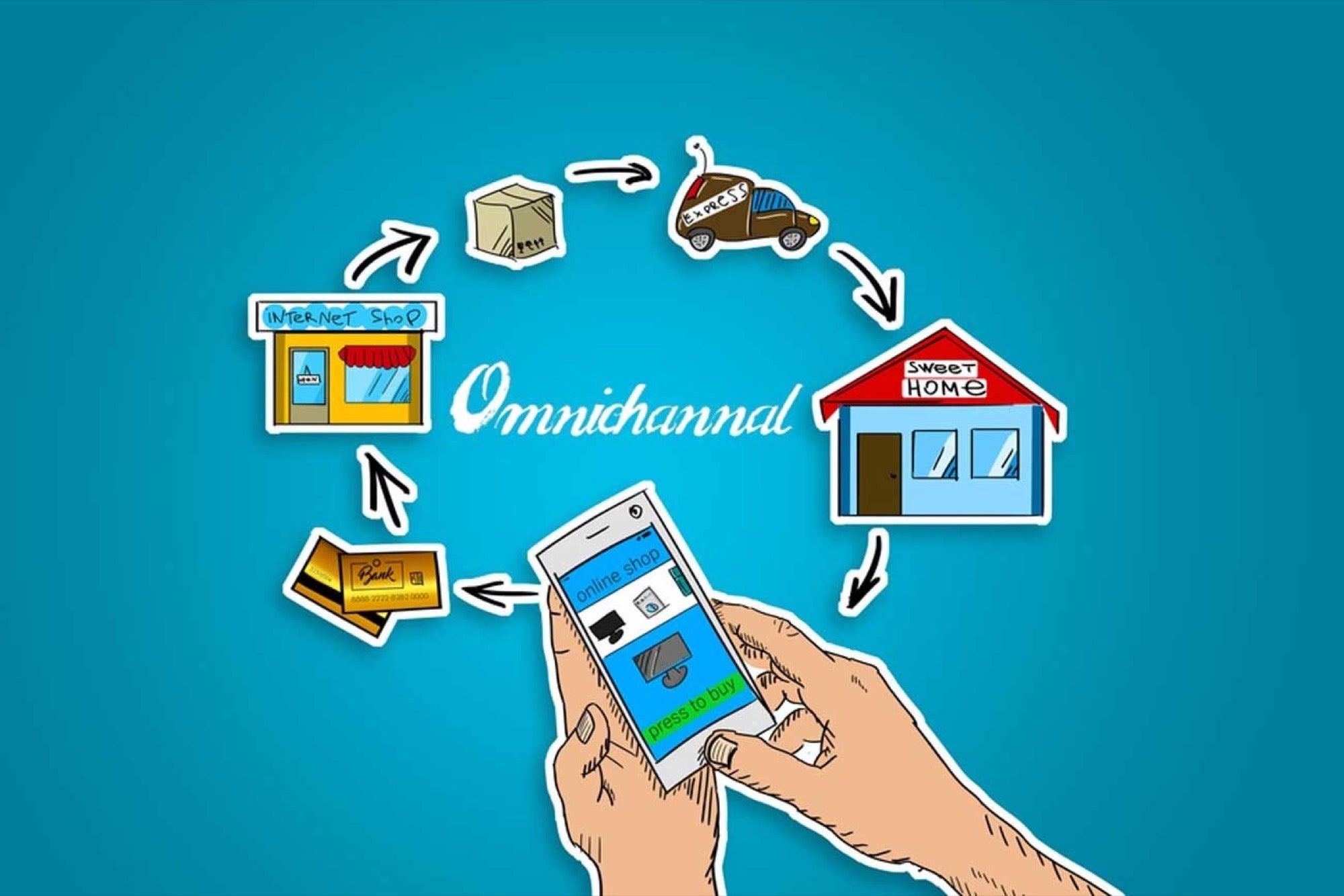Are Robots The Future of Commerce? Whether you hate or love them, it's always good to know what the future of technology will hold
Opinions expressed by Entrepreneur contributors are their own.
You're reading Entrepreneur India, an international franchise of Entrepreneur Media.

The days of going to the mall or to stores to buy what you need are almost a thing of the past. But this isn't breaking news. Online shopping has been around for years and ecommerce giants like Amazon are doing just fine.
However, we are entering a new phase of commerce. In fact, online sales in the United States are expected to reach $523 billion by 2020. This is a 56 percent increase from online sales in 2015. This explosive growth will leave many vendors without the means to keep up with the demand.
Enter artificial intelligence (AI). AI will help retailers scale their online businesses to meet this growing need. In the future, you'll use AI in almost every interaction that you have, from standalone websites to buying your next car, (though that will take a bit longer). But how are we using robots and AI now, and what will it look like as we continue to rely on AI to drive commerce forward?
The current bot landscape
We're already living among speech-based and chat-based bots. Google, Amazon, and Apple have all developed consumer-facing AI solutions, which have infiltrated the commerce ecosystem. Google uses AI for predictive recommendations, Amazon for commerce and Facebook for messaging and commerce both.
Many retailers are experimenting with the possibilities that AI brings. For example, The North Face is currently beta testing a shopping assistant on its website to help you find the perfect jacket. It asks you a series of questions to narrow down your options so you don't have to cull through its entire catalog.
So are robots going to replace humans? In many ways, they've already taken over, but only in a limited capacity and only at the edges. Take people who only shop on Amazon, for example. Shopping through Amazon is simple, usually less expensive, and it can anticipate what you're looking for. Similarly, when it comes to planning a vacation, there are still travel concierge services, but for the most part you don't need to talk to someone to find a booking that makes sense. Soon commerce will follow the same path and people will stop relying on an in-person shopping experience altogether.
Where bots are headed
Right now bots are functioning in a limited capacity, only responding to queries. But as this technology advances they won't always be so limited in what they can do. Eventually bots will be able to anticipate needs. As consumers share their preferences, shopping bots will become increasingly more predictive and make recommendations that are specific to that person.
However, a lot of things will need to happen to the user experience to make lagging adopters more comfortable. For one, there is still a gap between how consumers interface with AI. People want to use natural language and speech to have conversations with technology to find what they're looking for. But most machines are not set up to understand that type of language. They speak in code. AI solutions will need to embrace natural language processing to be able to bridge this gap.
Additionally, we need a lot more structure in our data. Without structured information (data that is both highly organized and uniform), it is extremely difficult for bots to find products on the backend. Computers are setup to search through information and match what they're looking for with what actually exists. For example, in commerce this means that computers will mill through the data to search for the black sweater you searched for. Right now, you may not get the most reliable results, because the perfect black sweater could actually use the word "sweatshirt" or "shirt" as the descriptor, rather than "sweater." The machine won't pull up this option because it didn't match the appropriate search criteria. Ecommerce will continue to lag unless we create a standard way of structuring product information.
Robots aren't just coming in commerce — they're already here. The sooner we improve structure and the user experience, the easier and better our shopping experience will be. It's time to embrace the robot revolution.










